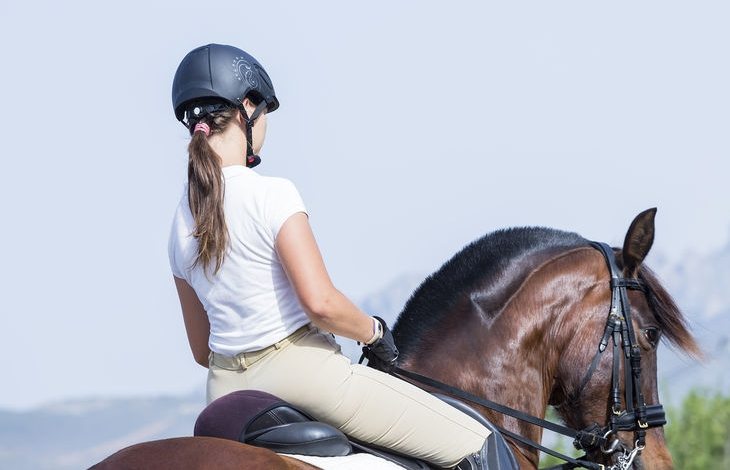In the captivating world of dressage and horseback riding, the stage of being an advanced beginner brings about exciting challenges and achievements. Imagine yourself effortlessly mounting and dismounting, confidently trotting around the ring while maintaining the perfect rhythm, and commanding a halt with the utmost precision. It’s crucial to grasp that the essence of horseback riding lies not in gripping tenaciously with your legs nor in using the reins as lifelines, but in mastering the art of balance. Successfully navigating this realm is dependent on aligning your center of gravity with that of your noble steed—a nuanced dance of poise and harmony, the triumphant core of dressage mastery.
Concept of Balance in Dressage
Numerous elements contribute to successful dressage, but at its core is the concept of balance. Balance, in a dressage context, refers to the even distribution of horse and rider weight. This equilibrium plays a significant role in enabling the horse to move efficiently and execute dressage movements correctly.
Understanding the Role of Balance in Dressage
Balance in dressage is akin to balance in any athletic endeavor. It is all about control and fluidity of movement. It allows the horse and rider to work together as a cohesive unit, with the horse responding to the rider’s subtle cues while the rider moves in harmony with the horse’s motions. It’s an intricate ballet where both horse and rider must remain in sync, evenly distributing their weight to enable seamless transitions between various movements and gaits.
How Balance Affects the Horse’s Performance
Balance is crucial to a horse’s performance in dressage. If a horse is unbalanced, with its weight distributed unevenly or its center of gravity off-kilter, it can impede its ability to execute specific dressage movements. Balanced horses can deliver precise, controlled motions with ease, all while appearing effortless. Unbalanced movements can cause strain on the horse and may even result in injuries.
Achieving Rider’s Balance
The rider’s balance is just as essential as the horse’s. A rider who lacks balance can throw off the horse’s balance, compromising the harmony necessary for successful dressage.
Significance of Good Rider Posture
Maintaining a good posture is central to achieving rider’s balance. This means keeping your back straight, aligning your shoulders over your hips, and keeping your feet directly beneath you. Proper posture helps keep your center of gravity over the horse’s and enables you to move with the horse fluidly and elegantly.
Ways to Develop a Balanced Seat
Developing a balanced seat requires practice and a keen awareness of your body in relation to your horse. Riding bareback can be an excellent strategy to improve your understanding of the horse’s movements beneath you. Other practices include regular core strength building exercises, maintaining a mindful posture, and developing a relaxed yet effective grip with your thighs, not your calves or heels.
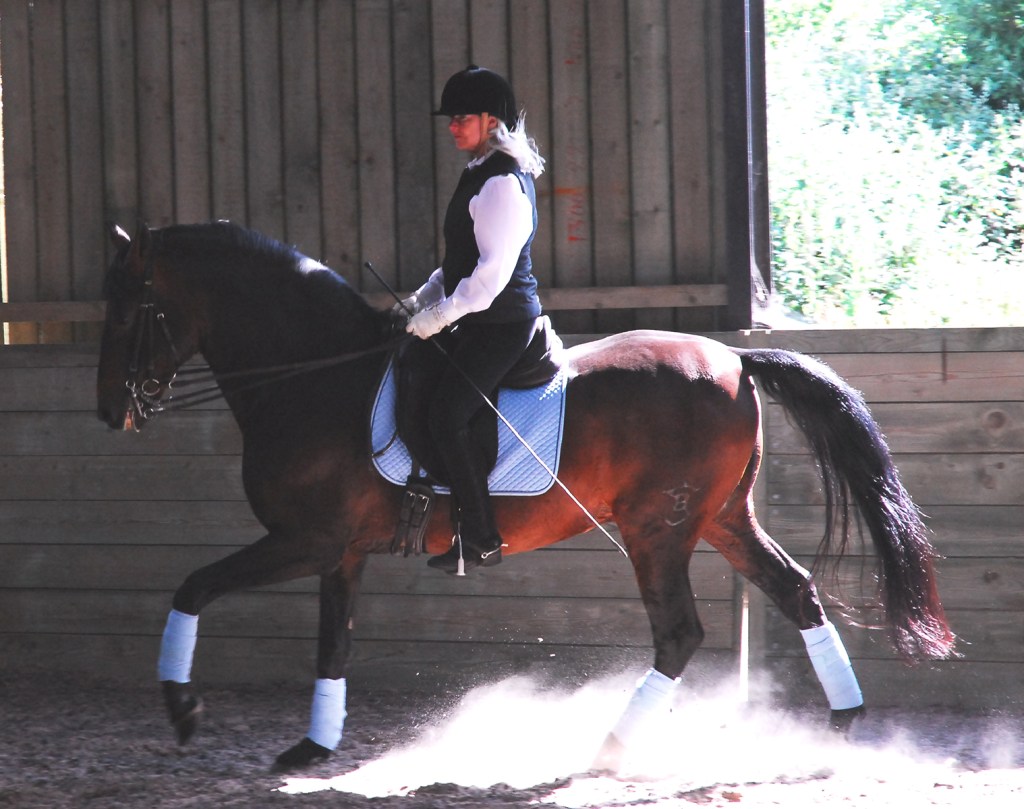
This image is property of i0.wp.com.
Maintaining Balance in Different Gaits
The key to maintaining balance varies with the horse’s gaits.
Balancing at Walk
At walk, it’s all about relaxation and steadiness. Riders must move harmoniously with the horse’s back, rising and falling subtly with each step. The key is to maintain a calm and steady rhythm, moving in sync with the horse, and not against it.
Balancing at Trot
Trotting requires a dynamic adjustment. Riders need to develop a responsive sitting trot, rising with the horse’s rhythm, which calls for a solid core and a relaxed but effective leg grip. The troting rhythm can test a rider’s balance, but mastering it brings a great deal of satisfaction.
Balancing at Canter
A successful canter demands a subtle shift of the rider’s weight to match the horse’s three-beat movement. The rhythmic, flowing nature of the canter requires riders to maintain a relaxed, balanced seat, allowing the hips to ‘swing’ in sync with the horse’s gait.
The Role of Core Strength in Balance
A rider’s core strength, or lack thereof, plays a crucial role in their ability to maintain balance during dressage.
How Core Strength Impacts Balance
A robust core allows riders to manage their weight distribution effectively. Without the needed core strength, riders might rely too much on their reins or legs for balance, which can disrupt the horse’s rhythm and balance. A solid core enables riders to maintain a balanced, steady seat, irrespective of the horse’s gait.
Exercises to Enhance Core Strength for Dressage
Pilates, yoga, and strength training exercises can boost your core strength, and in turn, enhance balance in dressage. These exercises focus on developing the abdomen and back muscles, helping riders stabilize their posture and maintain their balance more effectively.
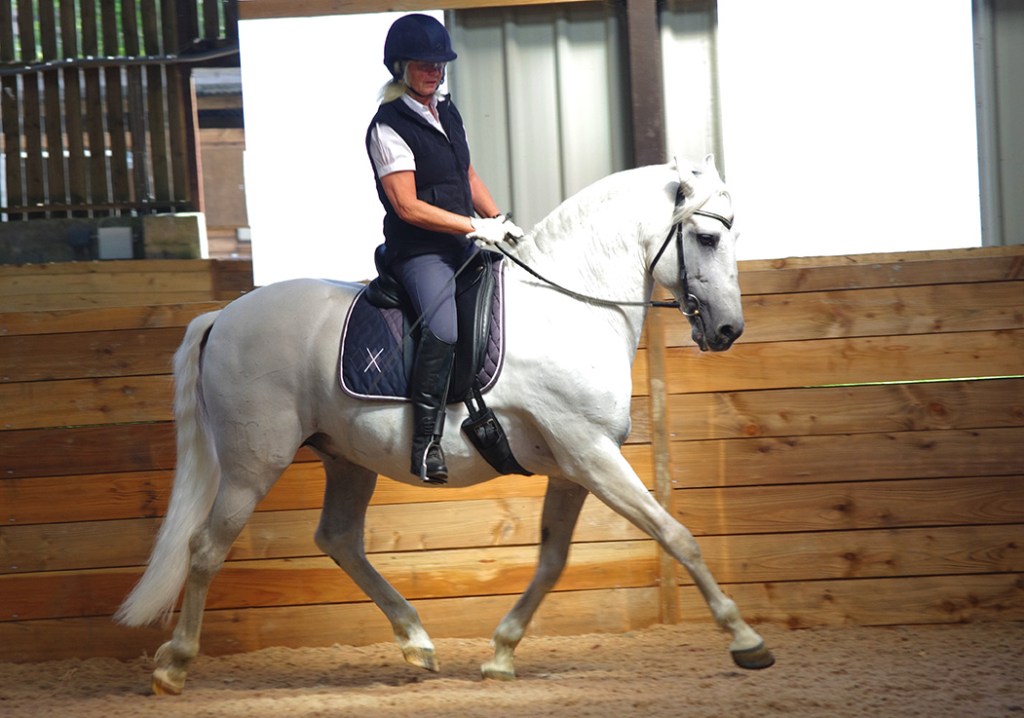
This image is property of i0.wp.com.
Role of Reins in Maintaining Balance
Reins in dressage aren’t just for guiding the horse; they also play a role in balance.
Discovering the Correct Use of Reins
Reins should be a tool used for subtle communication with the horse, such as directing its movements. However, using the reins for balance can be problematic, as it compromises the light, sensitive contact needed between horse and rider during dressage.
Overcoming the Habit of Using Reins for Balance
Breaking the habit of using reins for balance takes practice and patience. Engaging in strength training, practicing balance without reins, or working with a knowledgeable trainer can help riders overcome dependence on reins for steadiness.
Balanced Transitions Between Gaits
The transition between gaits is often a test of balance in dressage, showcasing the rider’s skill in moving seamlessly with the horse.
Transitions as a Test for Balance
Transitions can expose any weaknesses in a rider’s balance. During these shifts, any reliance on reins or stirrups for stability, poor posture, or loss of rhythm can become glaringly evident. Mastering balanced transitions requires practice and a deep feel for the horse’s movements.
Tips for Smooth and Balanced Transitions
To achieve smooth and balanced transitions, riders need to cultivate a keen awareness of their horse’s rhythm and anticipate potential imbalance. Regular practice in transitioning between gaits, maintaining good posture, and harmonizing the rider’s movements and body language with the horse’s motion can bolster balance during transitions.
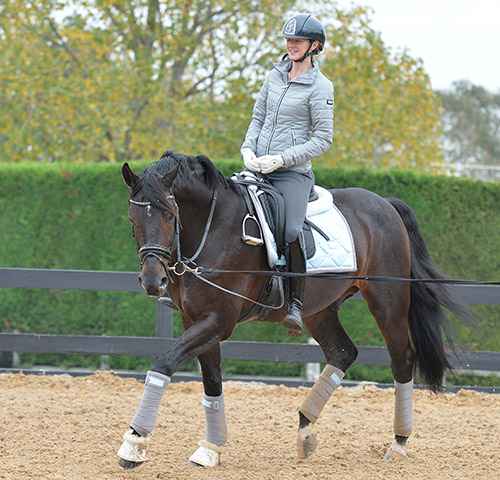
This image is property of www.horsemagazine.com.
The Impact of Balance on Horse’s Movement
A balanced rider can significantly influence a horse’s movement, helping it achieve a smooth, elegant, and powerful stride.
How Balance Affects the Horse’s Stride
An unbalanced rider can disrupt a horse’s stride, causing it to break pace or adopt an uneven or unsteady gait. Conversely, a balanced rider can help the horse maintain a consistent stride, enhancing its elegance and power in its movements.
Improving Horse’s Balance Through Rider’s Balance
Improving the horse’s balance begins with the rider. Riders attuned to their horse can detect slight changes in their horse’s equilibrium. Ensuring the horse’s balance through maintaining one’s own balance can significantly enhance the horse’s performance during dressage.
Common Balance Issues in Dressage
Several common balance issues often affect dressage performance.
Identifying Common Balance Problems
Common balance problems include leaning to one side, gripping the reins too hard for support, or using stirrups as a primary balance point. Recognizing these issues is the first step towards correction and enhancement of dressage performances.
Solving Balance Issues in Dressage Performance
Implementing regular stretches, strengthening exercises, and posture-enhancing routines can help address balance issues in dressage. Working with a professional saddle fitter can ensure optimal balance in the saddle, and receiving guidance from a qualified instructor can provide useful feedback to further improve balance.
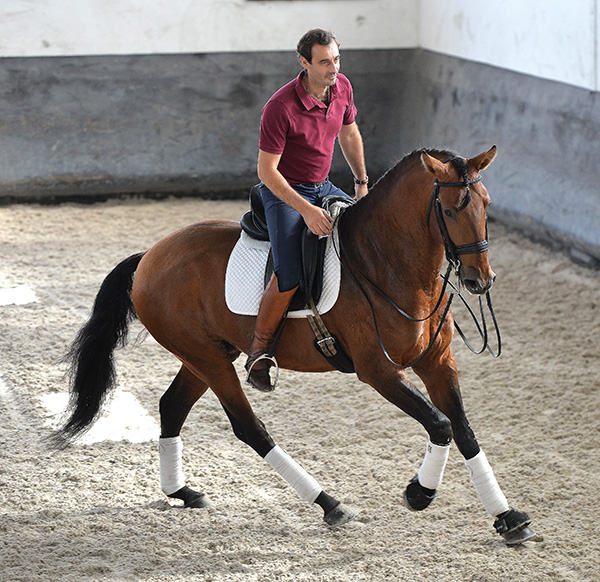
This image is property of www.horsemagazine.com.
Balance in Advanced Dressage Moves
Balance is critical even in more advanced dressage moves.
Balance During Lateral Work
Lateral work—movements in which the horse travels more sideways than forward—requires excellent balance. Maintaining a balanced seat and a steady contact with the horse through the reins and leg aids helps coordinate these complex movements seamlessly.
Balance During Collection and Extension
Collection and extension refer to the horse’s strides’ length and speed. In collection, the strides are shorter and the speed is slowed, while in extension, the strides are lengthier and faster. Both require the rider to modulate their balance to match the change in the horse’s movements.
Training Strategies for Balance Mastery
With time, patience, and practice, riders can master balance, thereby enhancing their dressage performance.
Routine Practices for Balance Development
Riders may incorporate specific exercises into their routine to improve balance. Riding without stirrups or practicing yoga are two beneficial practices for enhancing bodily awareness and balance. Trail rides and variations in training sessions can also promote balance by introducing new, unexpected conditions requiring adjustments in balance.
Long-term Strategies for Balance Mastery in Dressage
Long-term strategies for mastering balance may include the regular practice of yoga or Pilates for overall body strength and increased awareness of body positioning. Regular feedback from a dressage coach can help enable continuous adjustments and improvements in balance. Training progressively and patiently, gradually increasing the complexity of movements, can help riders steadily build the balance skills necessary for dressage mastery.
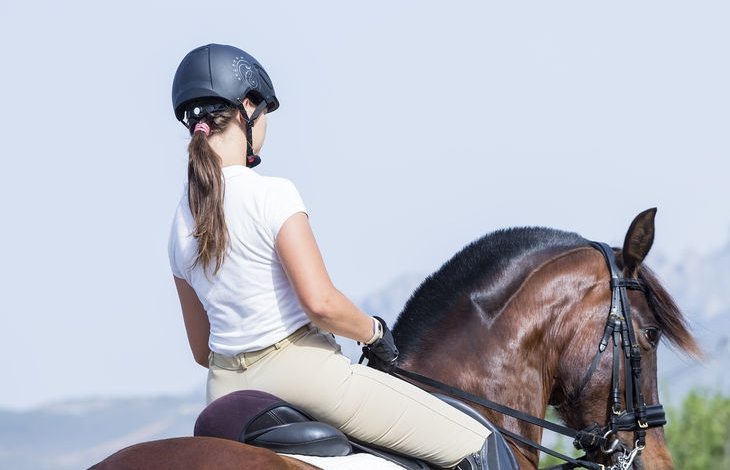
This image is property of howtodressage.com.
